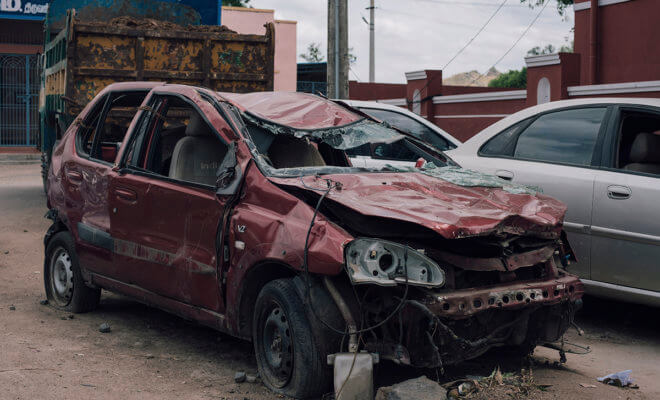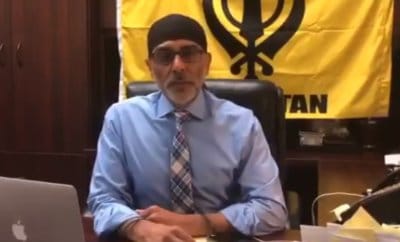Crime
How WhatsApp Leads Mobs to Murder in India

The car that was destroyed by a mob when Rukmani and her family drove to see a temple, in Polur, Tamil Nadu, India, June 10, 2018.
Photo: Priyadarshini Ravichandran/The New York Times
In India, false rumors about child kidnappers have gone viral on WhatsApp, prompting fearful mobs to kill two dozen innocent people since April.
The phenomenon is part of a trend of false information flooding social media in recent years, which has incited violence from Brazil to Sri Lanka.
The messages in India have preyed on a universal fear: harm coming to a child. Some of the false messages on WhatsApp described gangs of kidnappers on the prowl. Others included videos showing people driving up and snatching children.
WhatsApp’s design makes it easy to spread this false information. Many messages are shared in groups, and when they are forwarded, there is no indication of their origin. The kidnapping warnings have often appeared to come from friends and family.
WhatsApp, which is owned by Facebook, has a quarter-billion users in India alone. And the millions of poorly educated Indians coming online for the first time mean many are quick to believe what is on their phones.
One of the first to be killed in the violence was a 65-year-old woman named Rukmani.
Rukmani and four family members were driving to a temple in the southern state of Tamil Nadu in May. A mob on the road mistook them for “child lifters” and assaulted them.
Venkatesan, Rukmani’s brother-in-law, was in the car with her and was injured during the beating. He described the attack.

Gajendran, who was gravely injured in an attack by a mob, in a hospital in Kelambakkam, Tamil Nadu, India, June 8, 2018. Photo Credit: Priyadarshini Ravichandran/The New York Times
As they got close to the temple, the family stopped to ask for directions. A grandmother nearby grew suspicious and called her son, who raised the alarm.
The family became nervous and decided to turn back. By the time they got to the next village, a crowd was waiting for them.
They were stripped naked and beaten with iron rods, wooden sticks, bare hands and feet. Videos of the attack were circulated widely online.
When it was over, Rukmani was limp and lifeless. The others were left for dead. Their red sedan was crushed, and their belongings were stolen.
The region’s top government official said the police had gone around for weeks before the attack warning people not to believe the false kidnapping rumors. But they were no match for WhatsApp. “We could not compete,” he said.
WhatsApp has said it was horrified by the killings. Last week, it began labeling all forwarded messages. It also took out newspaper ads to educate people about misinformation and pledged to work more closely with the police and independent fact-checkers. And on Thursday, WhatsApp began a test to limit forwarding of messages.
Authorities across India have tried curbing the attacks. Besides warning people of the false rumors, they have arrested some who spread them. In a few places, they briefly shut down the internet. On Tuesday, the Supreme Court urged the government to use “an iron hand” against mob violence.
The police have arrested 46 people for the attack on Rukmani and her family and are pursuing 74 more.
Venkatesan, 52, who had lived in Rukmani’s house since he was 15, still doesn’t understand why they were assaulted. “They just wanted to kill us,” he said.
Gajendran, Rukmani’s son-in-law, was gravely injured in the attack. He was in a coma for weeks and remains in the hospital.
The most recent mob attack was on Friday. A software engineer was killed and three companions were injured after giving chocolates to children outside a school.
© 2018 New York Times News Service




You must be logged in to post a comment Login